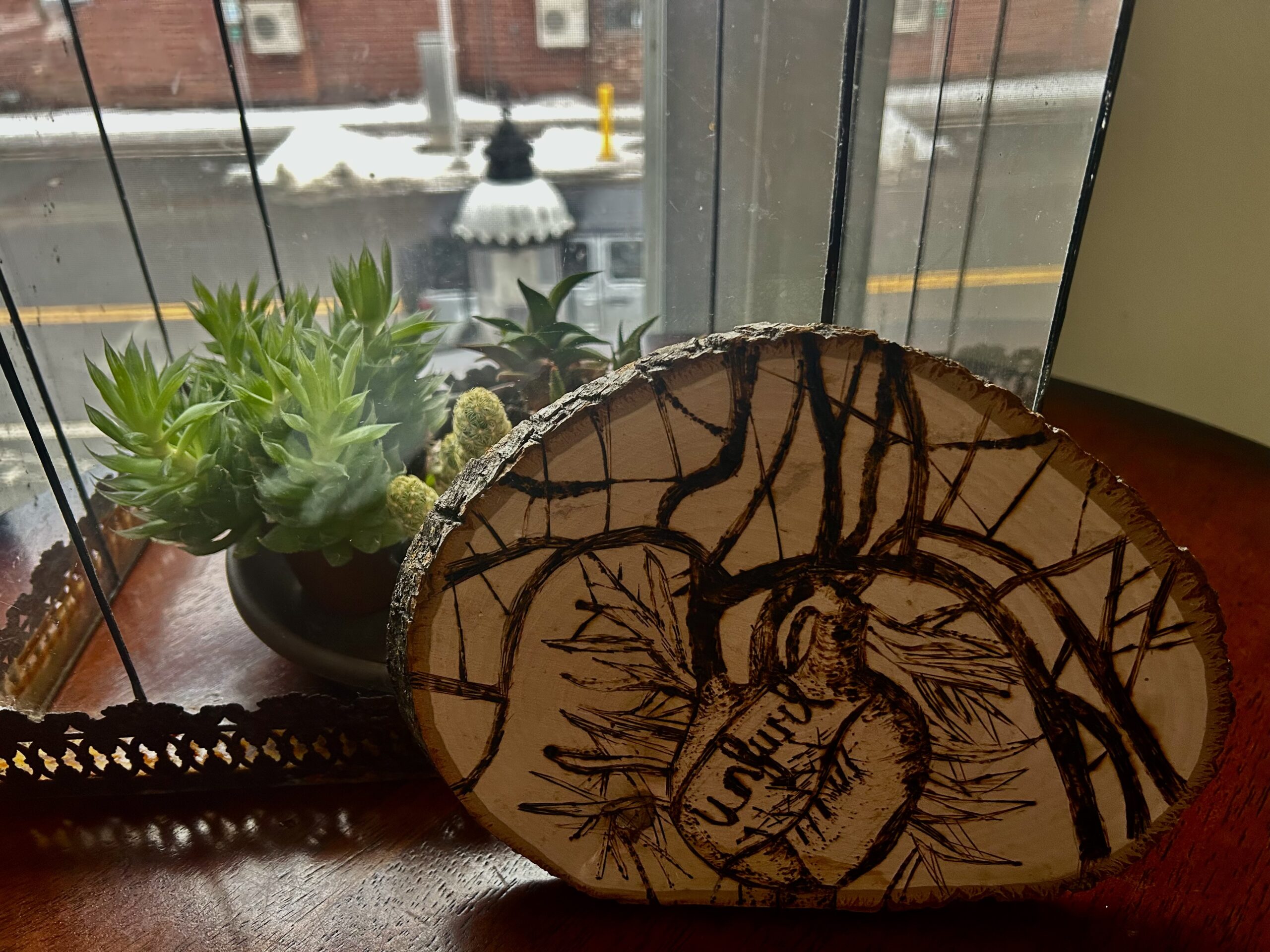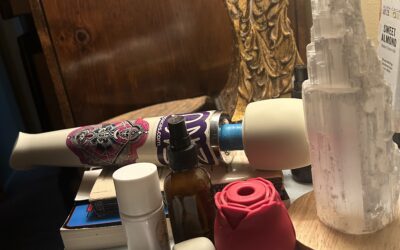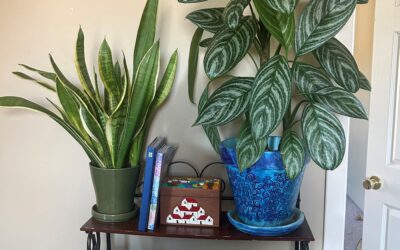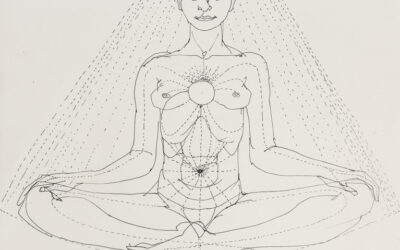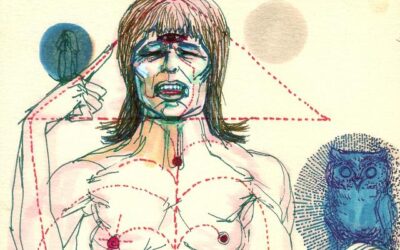Photo: A wood burning I made to remind myself to let my Heart unfurl and feel it all
A couple of years ago, one of my best friends had her I.U.D. removed. Notoriously, I.U.D. insertion is painful and traumatizing. The cramps from insertion mimic labor contractions. You are told to take Ibuprofen an hour before your procedure. But the women who have had them placed will tell you that mild pain medication barely assists with the pain. When my best friend had hers removed, the technician lost the metal strings to her birth control device. The medical team, therefore, had to use a metal hook to retrieve the I.U.D. This was done without anesthesia. Instead, one of the technicians held down my friend as she screamed in pain.
More recently, another friend had concerning findings from her pap smear. Pap smears are similarly notorious for being an uncomfortable part of women’s healthcare. She had to undergo a colposcopy, which is a medical examination of the cervix. Samples from the cervix are taken by a device that resembles a hole puncher. Again, there was no anesthesia because the medical understanding is that we have less feeling in our cervix. Anyone who has gotten this procedure or one like it will tell you otherwise. My friend endured terrible pain and bleeding, all while being told it wasn’t supposed to be a painful procedure. It isn’t as if localized anesthesia isn’t readily accessible. It is.
Women are expected to tolerate unbearable pain.
I remember where I was standing when both of these women shared their stories with me. I’m in the process of becoming a Nurse, and it’s impossible not to be disheartened by what a nightmare our medical system is for women. Black women, especially, are five times more likely in New York State to die from childbirth complications. It’s hard to fathom anyone dying from childbirth in 2025, and yet, the restrictive abortion laws are increasing maternal mortality rates at an alarming pace. My sister-in-law works in a neonatal unit. She had a patient who was complaining of excruciating pain following childbirth. Doctors dismissed this as being opioid-seeking behavior, perhaps due to her brown skin. It turns out that she had a pelvic fracture.
Women’s pain and trauma are largely dismissed.
As I’ve progressed through nursing school, I’ve heard countless stories. Women feel comfortable sharing with me what happened to them or people they love, hoping that I will retain my vigilance and be an advocate. This has all created such a rage within me that I live in a constant state of hyperreactivity.
For years, as most women do, I avoided anger and the physiological reaction it would have in my body. It was an uncomfortable feeling. After all, a woman’s rage about these topics is visceral and ancient. We carry the trauma of the women before us. Most of us will struggle to have our symptoms validated by those around us or those in healthcare. Ask anyone who has been diagnosed with Endometriosis how many times they were told that periods are “just painful and a part of a woman’s life.” This particular anger of mine feels overwhelming and debilitating. Perhaps it’s the shame of being angry when we are supposed to suffer in silence. But, more likely, it’s the gut feeling of dread that the tides of progress are slow and nonlinear.
What is the average victim count for any of the high-profile sex criminals? 50? I watch a lot of True Crime, but lately, I’ve had to cut back. There have been many men who have hurt women who are not only known to law enforcement but are released from jail for sex crimes. At every opportunity lately, even when I’m unwinding from my day, my rage pounds on the walls of my ribcage, reverberating into my brain, my spinal cord, and every neural pathway in my body. I cannot ignore it. I cannot fight it.
I will be a vigilant nurse and advocate for my patients. And when that doesn’t feel enough, I’ll write about my experience and the experiences of those I love. Women sharing stories with one another is how we have kept each other safe.
Women’s rage is our most outstanding teacher and our biggest fear. The fear for me is that if I let this anger in, it will consume me and drive me insane. Underlying this fear is not only the physical fear of our safety on the street at night but at the doctor’s office as well. The fear is that nowhere is safe.
Because, after all, fear and anxiety are the ancient ways that our body survived and perceived danger. How do we survive a medical system that dismisses our pain? How do we survive a society where women are not believed until it’s too late? By sitting with our rage and ignoring the body’s cues to repress and dismiss the uncomfortable feelings. By letting our rage be a part of our homeostasis.
Now, I look for anger, not to become overwhelmed but to invite rage to the conversation. I know it is there to teach and guide me in making the world better and safer for women.
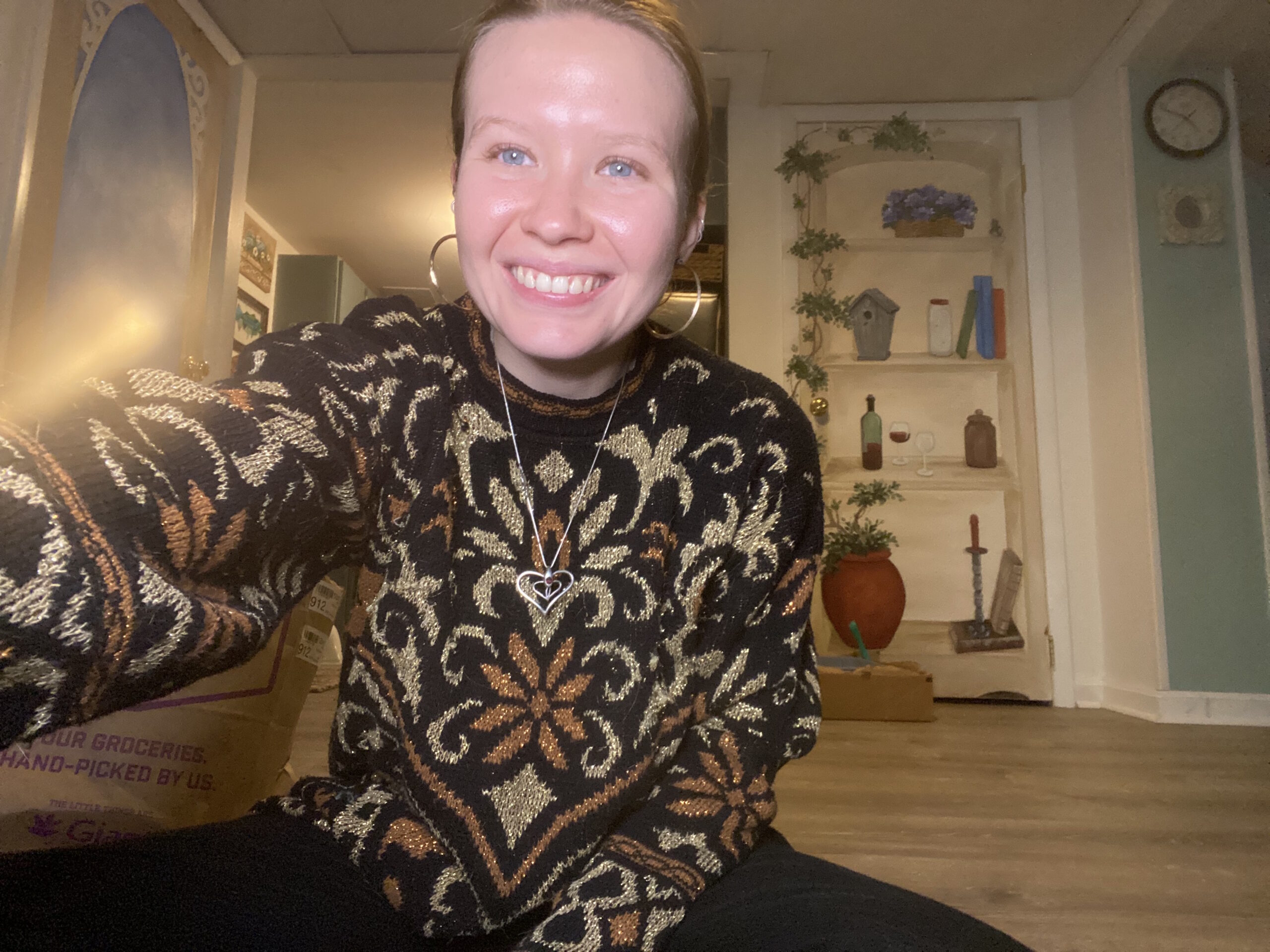
Read Articles by Kaylea
My Experience with Orgasm
I’ve been orgasmic since a young age. Before I knew what was happening in my body. Luckily, I had parents who were sex positive and never shamed me for touching myself. Young kids are caught touching themselves, and for young girls, this often is their first...
My Preference is to say “No”
I have long struggled with how to say no. My sexual preferences in my 20s were loosely defined and dependent on the partners I had during that phase of my life. I would try anything once, and there was no absolute limit on what I would do if I liked a person enough....
Waves of Arousal
The timing of this blog couldn’t be any more perfect. Recently, I decided to stop taking birth control. I’ve had my share of experiences with birth control for over a decade now. I had an I.U.D for three years and started to have anxiety about the tiny plastic...
Penetrate Yourself First
I was a frustrated virgin. I had gone to college without having had penetrative sex and decided that not only did it mean I was undesirable but that there was something wrong with me. That was affirmed by the first person I hooked up with. When I told him I was a...
Pleasure is Soft
Pleasure is soft and easy. It may not come quickly to those who believe themselves undeserving or who have endured terrible trauma, but we are all hard-wired for pleasure. Arriving at pleasure is not easy, but the experience of pleasure is the definition of ease....

